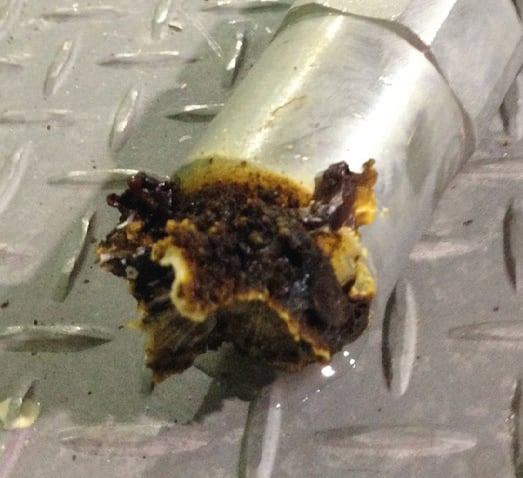Very, actually.
The right nozzle, maintained correctly, can improve yield, decrease downtime and increase output.
Here are a few pointers about caring for your spray nozzle.
Be prepared with spares
Always have a full set of nozzles cleaned, assembled and ready to go in the dryer. If these are attached to a spare set of lances, all the better.
There is nothing more costly than having an issue mid production and having to pull a nozzle without having a spare to drop straight in. This also aids rapid clean down and start up turnaround times.
Citrus-based cleaners
When running a CIP operation with the nozzle in situ, replace the nozzle head for a CIP adaptor. Do not use concentrated acids to clean tungsten carbide nozzle components as this breaks down the binder in the carbide, ultimately reducing the life span of the components.

We always recommend an organic citrus-based cleaning agent heated in an ultrasonic bath, using a soft bristle brush to work the built up product from the components.
Replace the seals
Always replace all the seals in the spray nozzle after each production run. These nozzles run at extreme pressure in most instances - temperature, chemical attack and physical handling can compromise the seals, which may result in an unexpected nozzle failure.
Tool free
Most good nozzles require a hand-tight-only assembly (when specified) – do not use tools.
The pressure seal is often an O-ring design, which seals against an internal bore or profile; excessive force will cause the O ring to fail and damage the threads.
Avoiding chips
Check your spray nozzle orifice, even if it is brand new. OEMs have a nasty habit of handling orifice disc components in batches, which will cause them to bang and crash together and, in a surprising number of cases, will damage the nozzle orifice, usually in the form of a ‘chip.’ This will cause a ‘streak’ in the spray pattern, which will affect your yield.
Breaking up components
Often when removing the spray nozzle, the feed material has cooked inside and bound the carbide components together. Do not be tempted to separate these with a metallic instrument or with force. Simply soak in a warm bath of cleaning agent and allow the offending material to soften first.
Using force results in unnecessary damage to the swirl chamber and orifice disc, components that are expensive to replace.
Is the polished inlet on the orifice worn away?
This is not a problem, though, as long as there is still a smooth profile leading to the bore, your spray pattern will not be affected.
Check orifice size and keep note
When you strip a nozzle down with the intention of reusing components such as the orifice disc, make a note of the orifice size. As the bore size increases with wear, compare it against your production sample/yield.
If you know what size the orifice is when your yield starts to decrease, you can make the most out of your spares and start to plan for the replacement of the spray nozzle components before a costly change occurs in your production run.
KAITE is a global company headquartered in the UK, specializing in the design, manufacture and supply of spray nozzles and ancillary equipment, including for the dairy industry. You can contact Neil Smith here.
